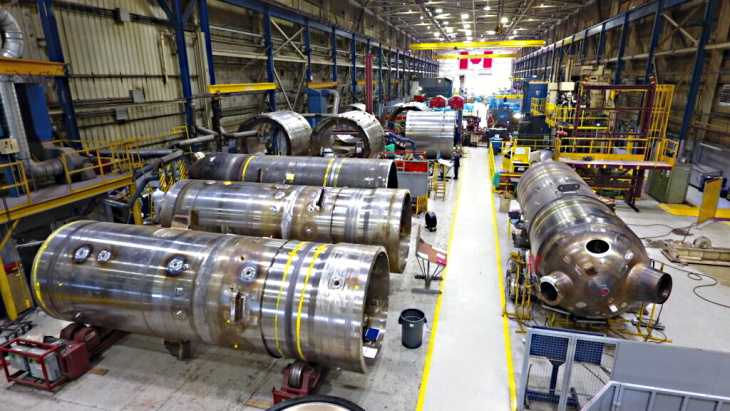The radioisotope was produced by Australian nuclear science and technology organisation ANSTO's biosciences radioisotope development team of Paul Pellegrini, Leena Hogan and Attila Stopic, supported by Mike Izard and Ivan Greguric.
"Scandium-47 is a beta-emitting radioisotope useful for targeted cancer therapy. However, unlike lutetium-177, scandium has the potential to be a true theranostic agent," Pellegrini said.
'Theranostic' describes the use of paired, chemically similar, radioactive agents, such as gallium-68 and lutetium-177: one for diagnosis, and the other to provide therapeutic treatment of a tumour or site of infection. The decay emissions of scandium-47 are amenable to both targeted cancer therapy and higher quality SPECT (single-photon emission computerised tomography) imaging than can be achieved using lutetium-177, Pellegrini said. Lutetium-177 is used as a gamma emitter for imaging and as a beta emitter for targeted radiotherapy on small tumours such as endocrine tumours.
"While gallium and lutetium are similar, the chemical differences between the metals mean we cannot guarantee equivalent behaviour in the body. Using scandium-based radiopharmaceuticals for both diagnosis and therapy achieves this goal; whether you are talking about scandium-44 for PET imaging or scandium-47 for therapy, the agents are chemically identical. This permits clinicians to better estimate a patient's dose and allows them to safely maximise the administration of the radiotherapeutic agent," Hogan said.
Radioscandium works well with the macrocyclic molecules currently used to make radiopharmacueticals containing gallium-68 and lutetium-177, and can also be easily substituted into existing molecular targeting agents for neuroendocrine tumours or prostate cancers, where the theranostic method has already shown great success, she added.
ANSTO's scandium-47 is produced by irradiating a calcium carbonate target in the OPAL multipurpose reactor to yield calcium-47, which decays to scandium-47. A chemical separation process is then carried out and the scandium-47 is isolated for radiotracer and radiopharmaceutical research.
The team is now shifting its focus to scale up production of scandium-47 and to develop methods for other therapeutic radioisotopes.

.jpg)



_69614.jpg)

_15447.jpg)





